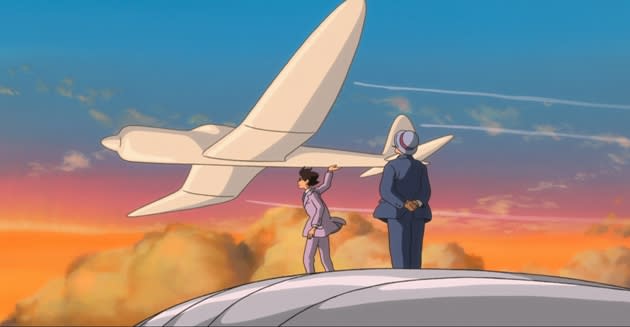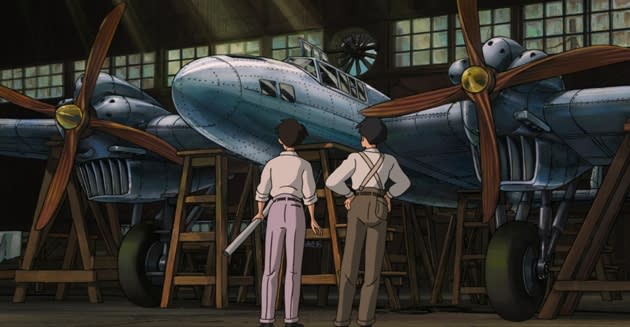‘The Wind Rises’ review: Taking the final flight with Japanese director Hayao Miyazaki

After a five-year wait for a film directed solely by Hayao Miyazaki, he is finally back with animated feature “The Wind Rises”.
But to the dismay of his fans, it’s also the last film from the anime maestro.
While many may recall going on flights of fancy with the legendary Japanese filmmaker to the fantasy worlds of “Spirited Away", “Howl’s Moving Castle” and “Ponyo on the Cliff by the Sea”, just to name a few, “The Wind Rises” takes viewers to a different place – one that is more real, personal and bittersweet.
Loosely based on Japanese writer Tatsuo Hori's short novel "The Wind Has Risen", written in 1936–1937, “The Wind Rises” chronicles the life of aeronautical engineer Jiro Horikoshi.
This is also the first time that a character in a Studio Ghibli animated feature is modeled after real people.
The film, which has been nominated for best animated feature at next month’s Academy Awards, tells of the ambitious Horikoshi’s dreams of designing beautiful airplanes, inspired by the famous Italian aeronautical designer Gianni Caproni.
Short-sighted from a young age and thus unable to become a pilot, Horikoshi joins the aircraft division of a major Japanese engineering company in 1927.
His talent is soon recognised, and he grows to become one of the world’s most accomplished airplane designers, who designed and created the legendary Zero fighter, a fighter aircraft.
In the film, Miyazaki takes viewers through turbulent times in Japan’s history, including the Great Kanto earthquake of 1923, the Great Depression, the tuberculosis epidemic, and Japan’s plunge into war.
While “The Wind Rises” has a biographical flavour to it, it’s not a straightforward biopic.
Miyazaki injects his characteristic imaginative approach and touching storytelling in Horikoshi’s vivid dreams, in which he talks to Caproni about his ambitions of designing beautiful airplanes, as well as the protagonist’s bittersweet love story with the beautiful and cheerful Nahoko.
Despite living in a Japan where the future is bleak and seeing Nahoko getting weaker every day, Horikoshi pursued his dream head on.
Meanwhile, the film also appears like an autobiography of the Japanese director himself.
Like Horikoshi, Miyazaki seems to also have a passion for flying – a recurrent theme in many of his films, such as “Kiki’s Delivery Service” and “Castle in the Sky”. It’s perhaps no surprise to add that his father was the director of Miyazaki Airplane, an aircraft manufacturing company.
Like the protagonist, the filmmaker also lived through the war period and is imaginative, ambitious and dreams of creating beautiful things.
Miyazaki has previously revealed that he was inspired to make the film after reading a quote from Horikoshi: "All I wanted to do was to make something beautiful."
As with many films by the director, the animation is vivid, clean and beautiful.
This is also complemented with the score by long-time collaborator and famed Japanese composer Joe Hisaishi which is melodic, captivating and one that tugs at your heartstrings.
While I won’t go as far to say that “The Wind Rises” is the best we’ve seen from Miyazaki, who has so many masterpieces under his belt, it’s definitely a fitting swansong for the maestro.
Here’s the trailer for the film which opens in cinemas on 20 March.


